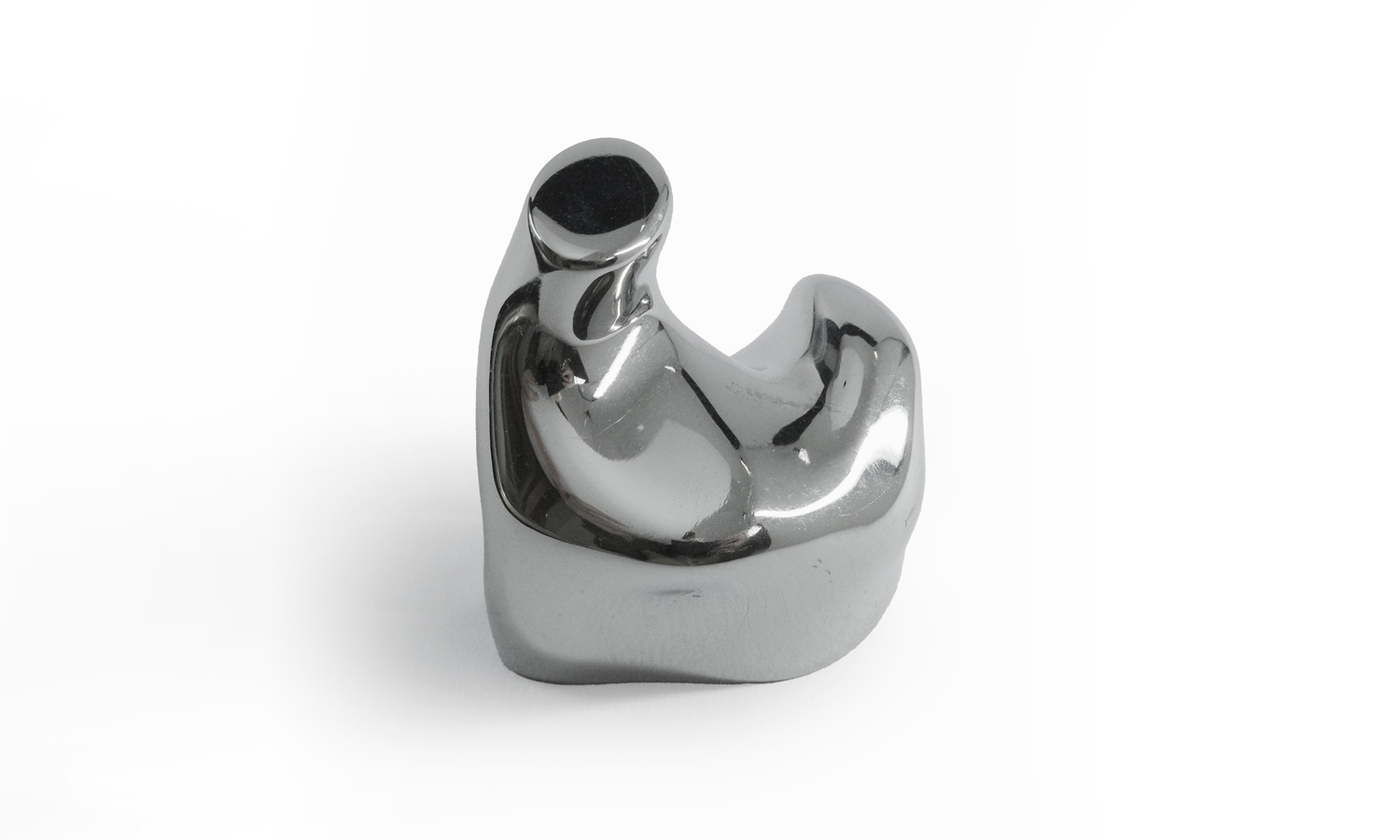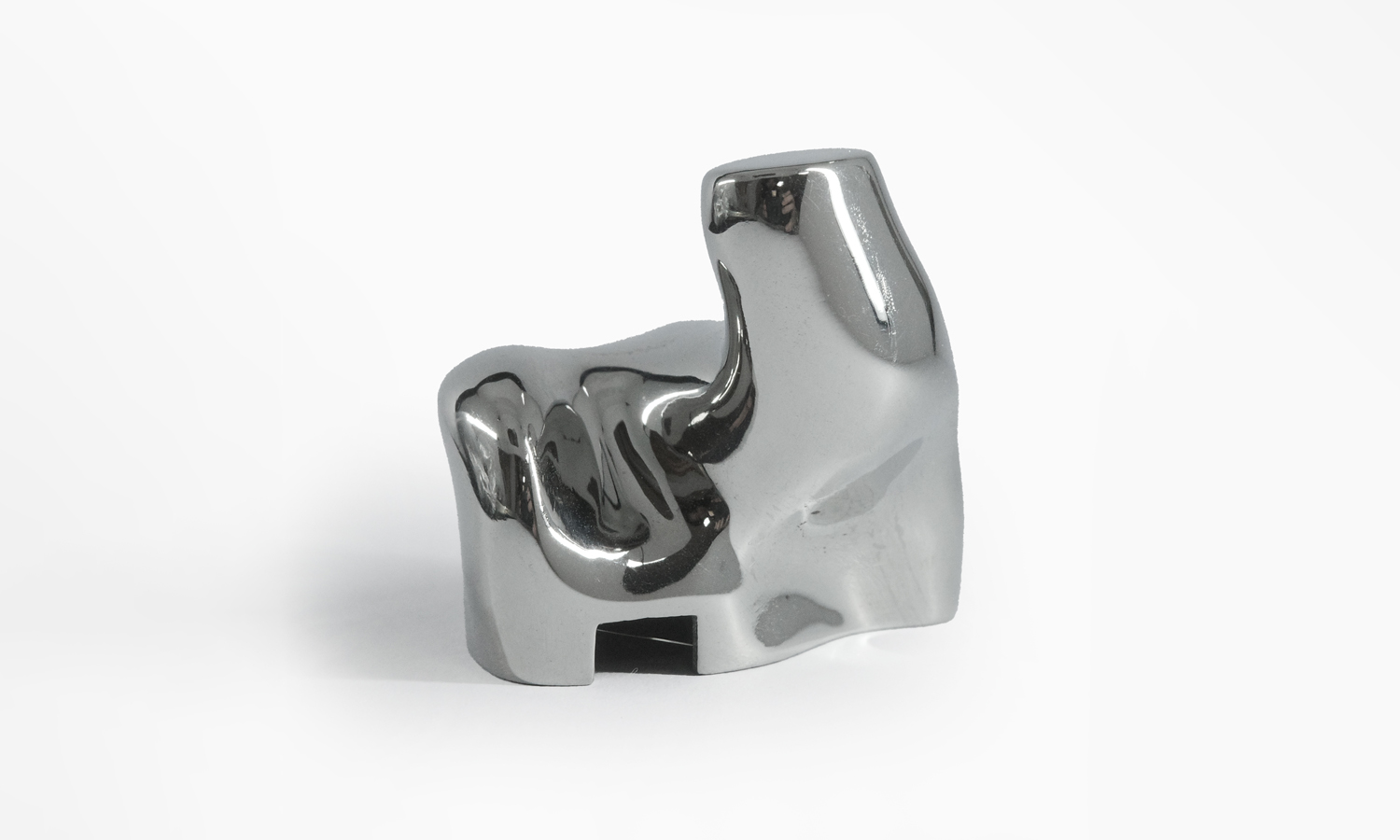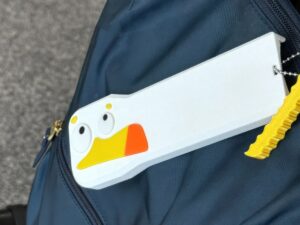- BinderJet 3D Printed SS316L Wireless Earbud Bottom Housing
- BinderJet 3D Printed SS316L Bypass Valve Prototype
Gallery
About Project
Introducing a marvel of modern design and engineering: a 3D printed SS316L earpod enclosure. This isn’t just a functional component; it’s a statement piece that seamlessly blends form and function. The polished finish exudes a premium, high-tech aesthetic, catching the eye and complementing your personal style. The carefully crafted ergonomic contours ensure a comfortable and secure fit, making it a pleasure to wear.
This 3D-printed enclosure showcases the incredible potential of additive manufacturing. By leveraging advanced BinderJet technology, we’ve created a product that combines durability, precision, and elegance.
Ready to bring your own tech designs to life? FacFox offers cutting-edge metal 3D printing services tailored for electronics. From intricate enclosures to functional components, our expertise ensures that your vision becomes reality.
Contact us today to explore the possibilities of 3D printed metal and elevate your next project.
Solution
- Step 1: 3D Model Creation. A detailed 3D model of the earpod enclosure was designed using computer-aided design (CAD) software.
- Step 2: 3D Model Slicing. The 3D model was sliced into thin, horizontal layers, preparing it for 3D printing.
- Step 3: Powder Bed Preparation. A thin layer of stainless steel 316L powder was spread evenly across the build platform.
- Step 4: Binder Jetting. A printhead deposited a binder solution onto the powder layer, selectively binding the particles to form the desired shape of the first layer.
- Step 5: Powder Layer Deposition. A new layer of powder was spread over the partially built part.
- Step 6: Binder Jetting. The process of binder jetting and powder deposition was repeated layer by layer until the entire enclosure was formed.
- Step 7: Debinding. The part was removed from the build platform and subjected to a debinding process to remove the binder.
- Step 8: Sintering. The debinded part was sintered in a high-temperature furnace to fuse the metal powder particles together, creating a solid, dense object.
- Step 9: Post-Processing. The sintered part underwent post-processing steps such as machining, polishing, and finishing to achieve the desired surface finish and tolerances.








